Organizing Your Home Office for Increased Productivity and Well-Being
Working from home sounds like a dream come true—until you find yourself juggling papers on your kitchen table, dodging the cat during Zoom calls, or wondering where on Earth you put that important document (was it under the stack of unread books or behind the half-full coffee mug from three days ago?). We’ve all been there, but fear not! Today, we’re diving into some fun and practical tips for organizing your home office in a way that boosts productivity and makes you feel happier in your space.
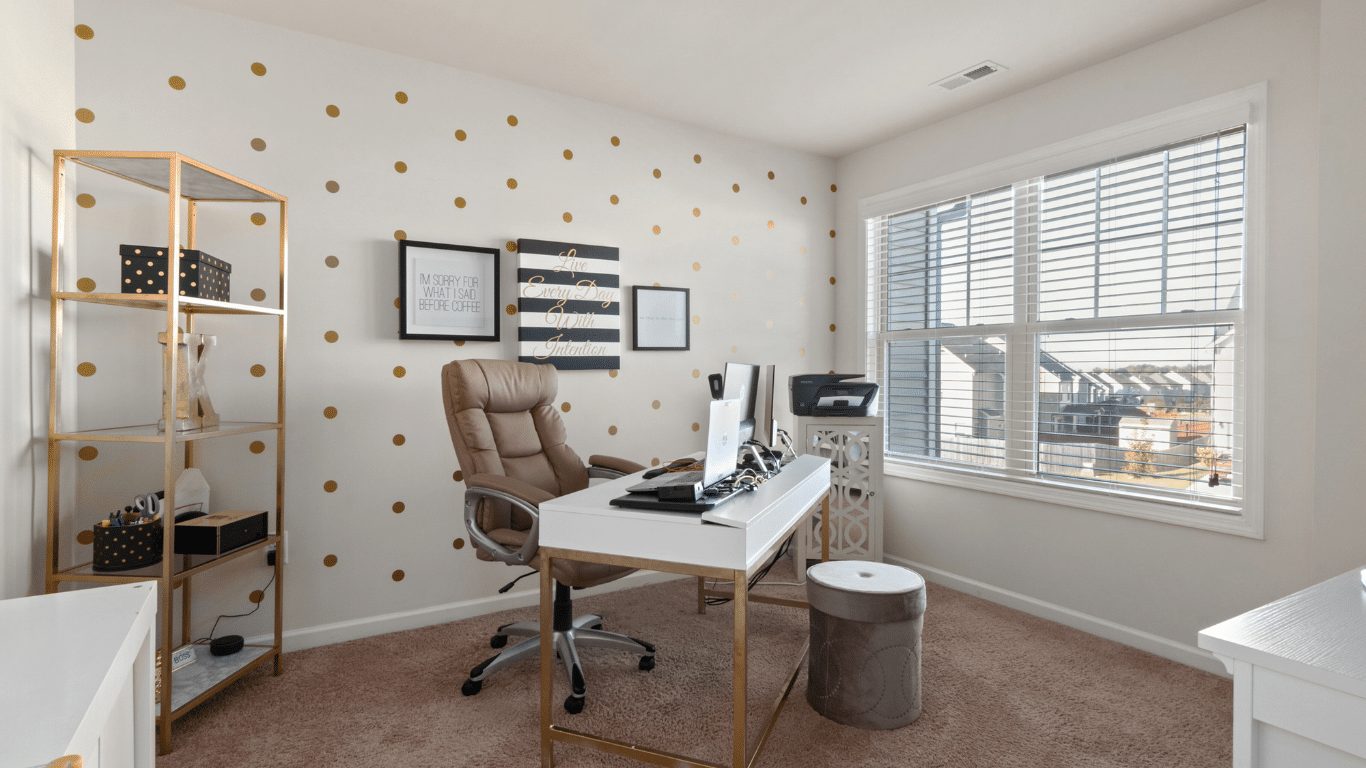
Why Home Office Organization Matters (and No, It's Not Just About Looking Nice)
A cluttered workspace can mean a cluttered mind. Have you ever noticed how hard it is to concentrate when you have piles of paperwork, rogue cables, and last week’s snack wrappers surrounding you? Science backs this up: clutter leads to increased stress and decreased productivity. A well-organized home office, on the other hand, provides a calming environment that can help you stay focused and in a great mood.
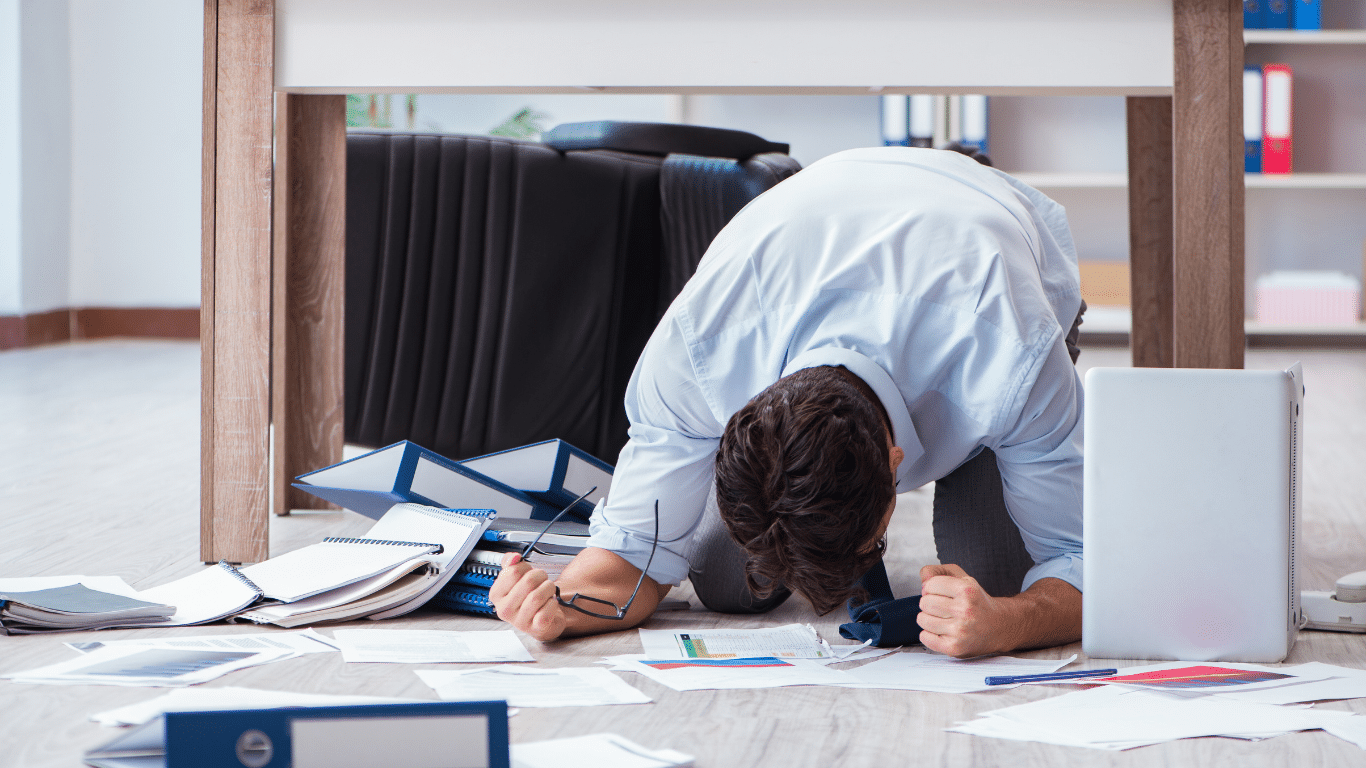
Plus, if you’re working in a clutter-free environment, you’re more likely to feel a sense of accomplishment and pride in your work. And let’s face it—having an Instagram-worthy workspace doesn’t hurt either. A beautiful, tidy space can also be an inspiration, giving you a burst of motivation every time you sit down to work. Ready to transform your home office? Let’s get into it!
Declutter First, Ask Questions Later
The first step to any organized space is decluttering. Look around your current setup and ask yourself, “Do I really need all these papers, knick-knacks, and that ancient printer?” Channel your inner Marie Kondo: if it doesn’t spark joy or serve a practical purpose, it’s time to say goodbye.
Start by sorting items into three piles: Keep, Donate, and Toss. This will not only help clear up space but also make you feel lighter and more focused. If you find yourself struggling to let go of certain items, remember that decluttering doesn’t mean losing memories—it means creating a space that supports your goals.
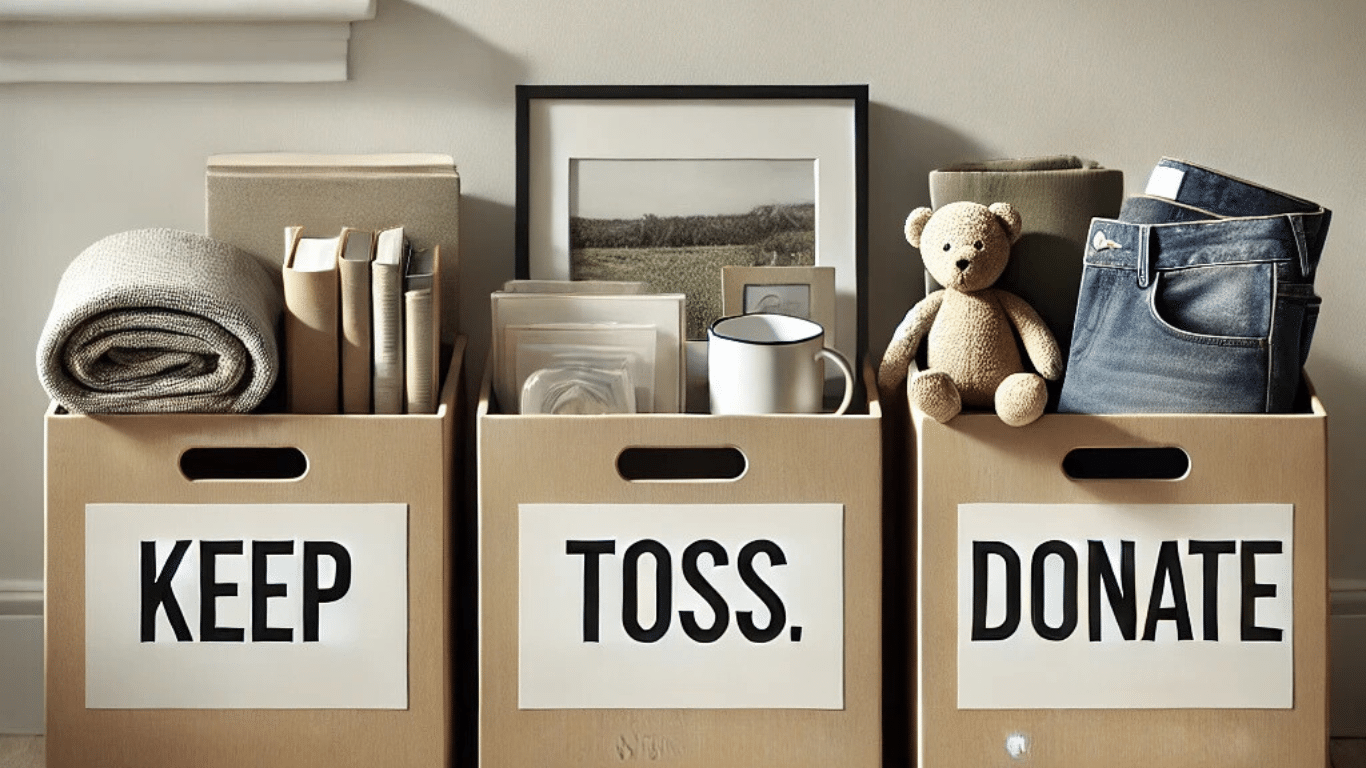
Decluttering should also be an ongoing process. Set a reminder to revisit your workspace every few months to see if there are any new items you can get rid of. It’s amazing how quickly clutter can creep back in!
Assign Everything a Home
Now that you’ve decluttered, it’s time to give everything a designated space. Use drawer organizers for small items like pens, paper clips, and sticky notes. Invest in labeled bins for files and documents. Having specific spots for each item means less time spent searching and more time being productive (or at least less time pulling your hair out while looking for your favorite pen).
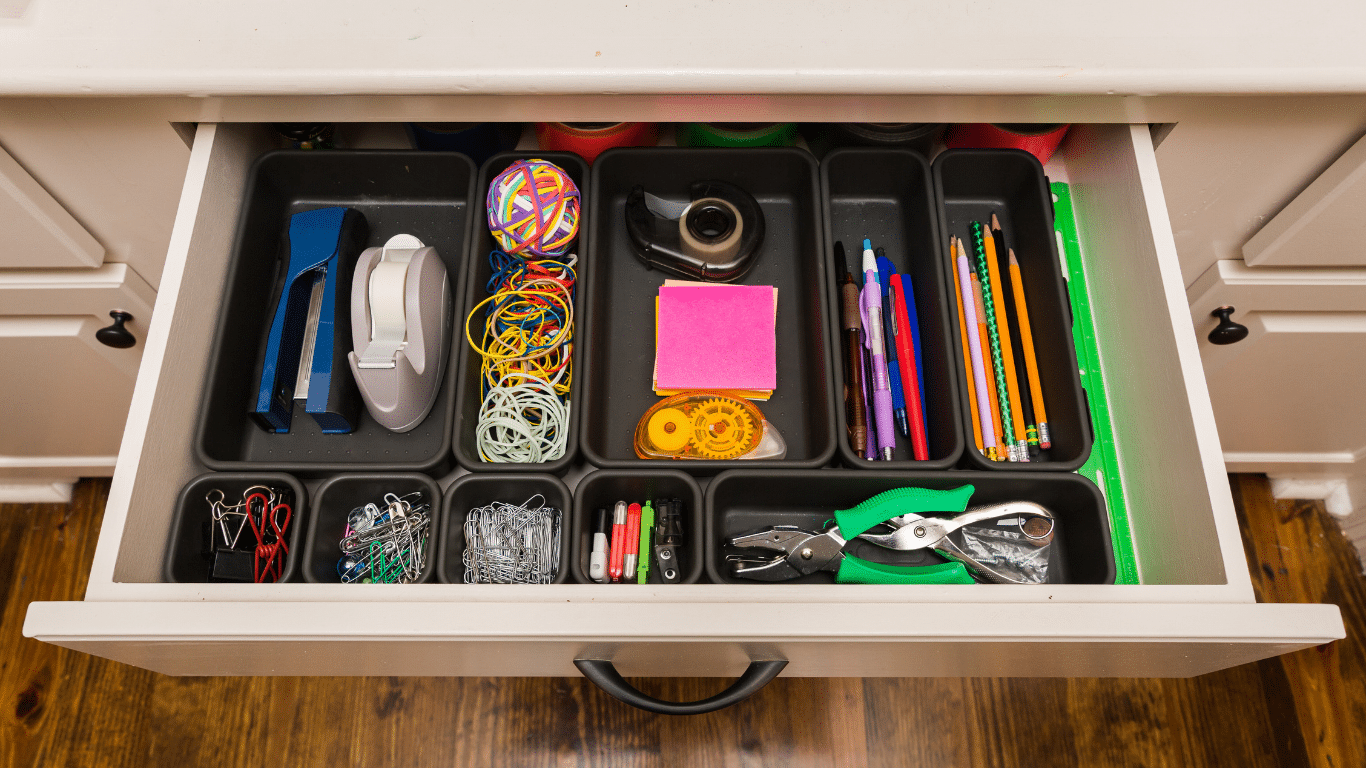
Pro Tip: Vertical space is your best friend! Shelves are an excellent way to store things off your desk but still within easy reach. Wall-mounted organizers can also save precious real estate on your desk.
Consider adding a corkboard or magnetic board to keep important notes, to-do lists, and reminders visible but organized. This way, you can stay on top of your tasks without adding to desk clutter. An organized space means an organized mind, and giving everything a home is key to maintaining that organization in the long term.
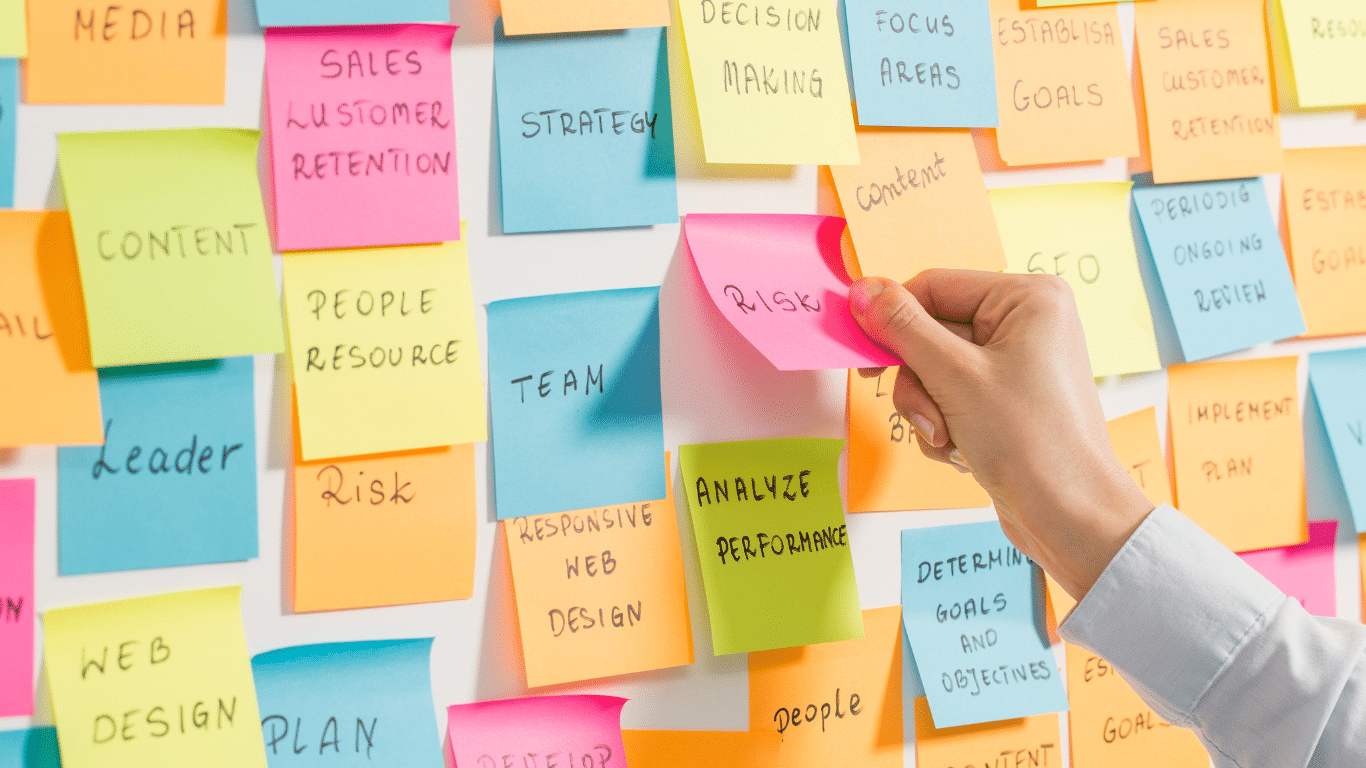
Get Ergonomically Correct
Your productivity isn’t just about organization—it’s also about comfort. Let’s make sure you’re not turning into a hunchback by the end of each workday. Set up your workspace with ergonomic essentials like a supportive chair, a screen at eye level, and a keyboard and mouse that promote good posture. This isn’t just about physical health—it’s proven that a comfortable workspace can actually improve your focus and energy levels.
Consider adding a few personal touches, like a footrest or a comfy cushion. Remember, your office should work for you, not against you!
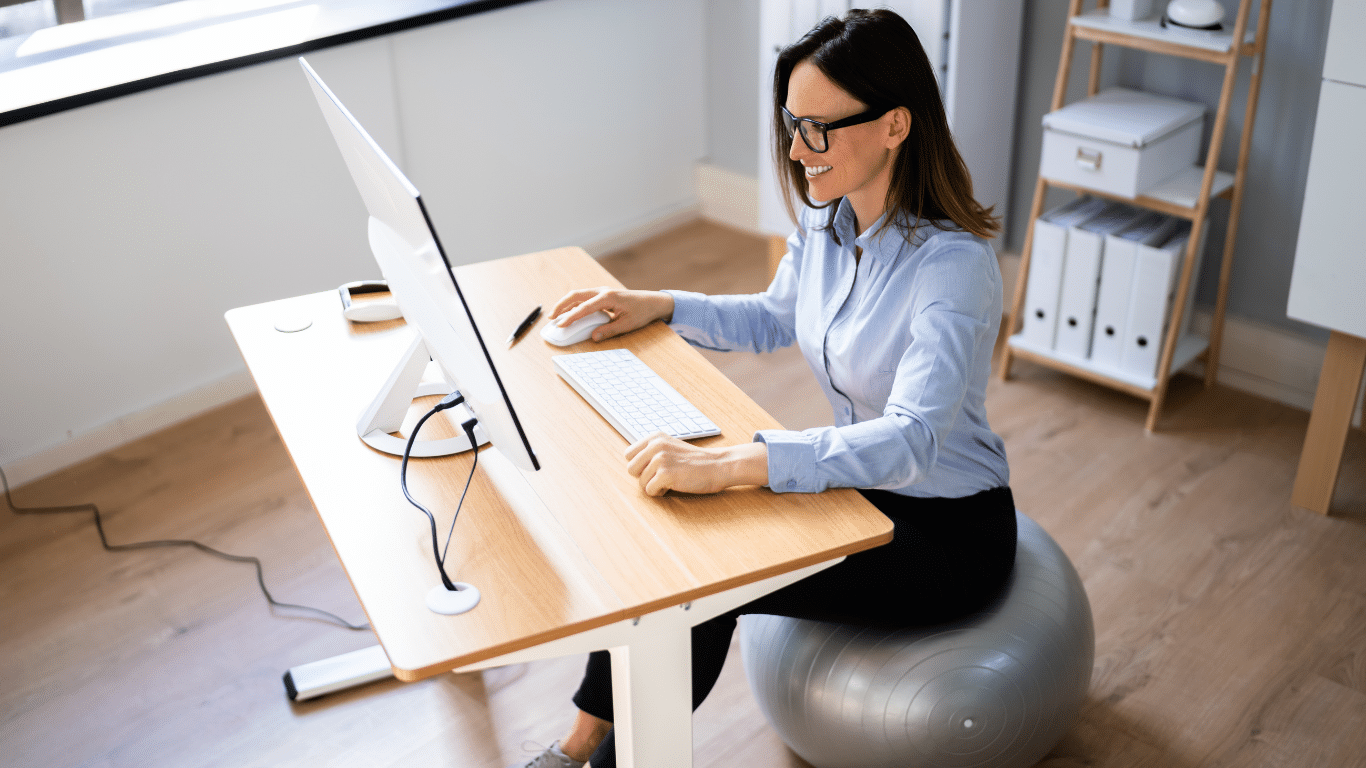
If you’re unsure about your setup, take a moment to do a posture check. Your screen should be at eye level to prevent neck strain, and your chair should support your lower back. If you’re spending eight hours a day at your desk, these little adjustments can make a world of difference. Your body will thank you, and you’ll be able to work longer without feeling fatigued.
Let There Be Light (Natural, If Possible!)
Lighting plays a major role in productivity and mood. Natural light is ideal, so if possible, set up your workspace near a window. Not only will you get a nice view (even if it’s just the neighbor’s cat chasing leaves), but natural light can also help reduce eye strain and boost your mood.
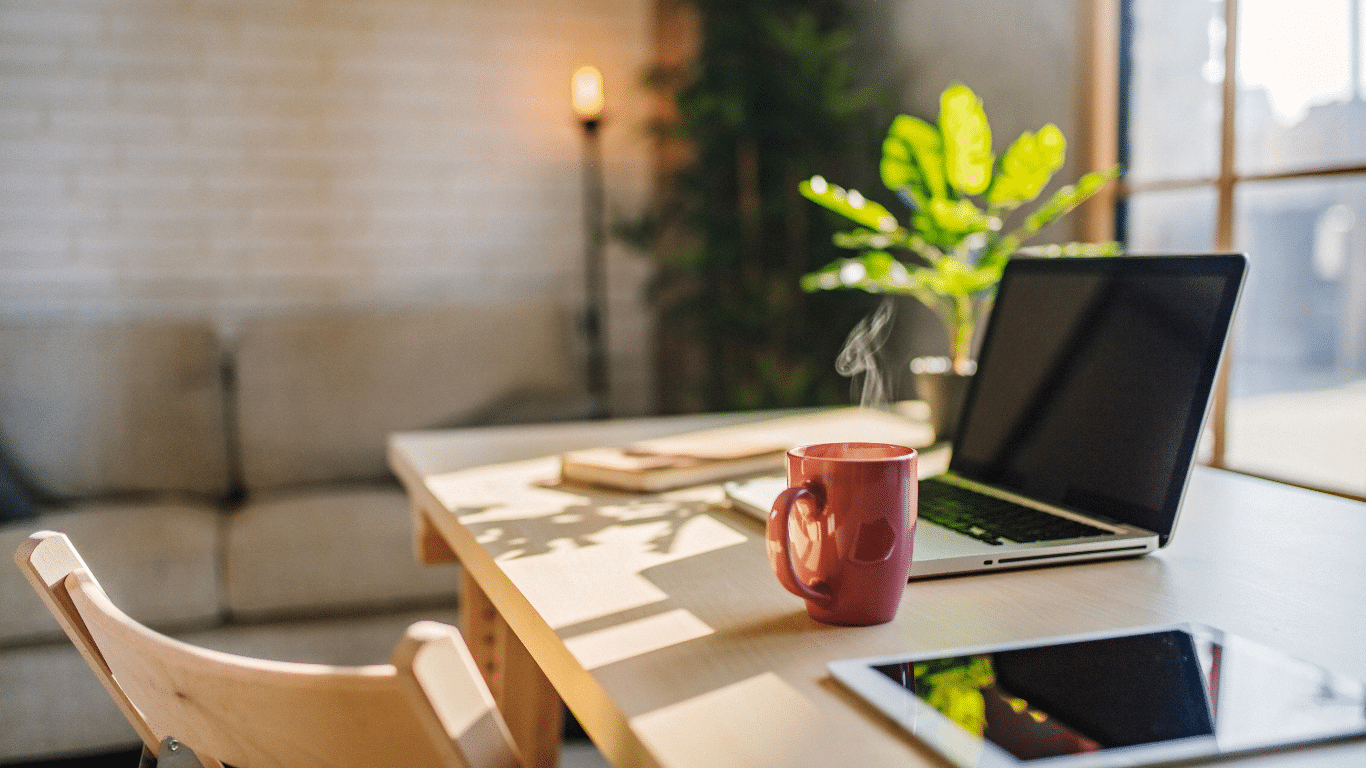
If natural light isn’t an option, invest in a good quality desk lamp that mimics daylight. A warm, well-lit environment can help make your workday much more pleasant. Soft, diffused lighting is preferable to harsh, direct light, which can lead to headaches and eye strain. A well-lit space not only improves your productivity but also adds a touch of coziness that makes working from home more enjoyable.
You can also try adding a light therapy lamp if you struggle with low energy, especially during the winter months. Light therapy lamps can help boost your mood and energy by mimicking sunlight—perfect for those dark, gloomy days.
Personalize Your Space (Within Limits!)
Your home office should be a reflection of you—but also remember, there’s a fine line between personalized and cluttered. Add items that make you smile: a framed photo, a couple of your favorite plants, or a cute mug for your pens.
Plants, in particular, are a great addition to any workspace. Studies have shown that indoor plants can improve air quality and even reduce stress. Try adding a low-maintenance option like a snake plant or photos to boost your office’s green factor. If you want to add a pop of color, a vibrant flowering plant like a peace lily could be perfect.
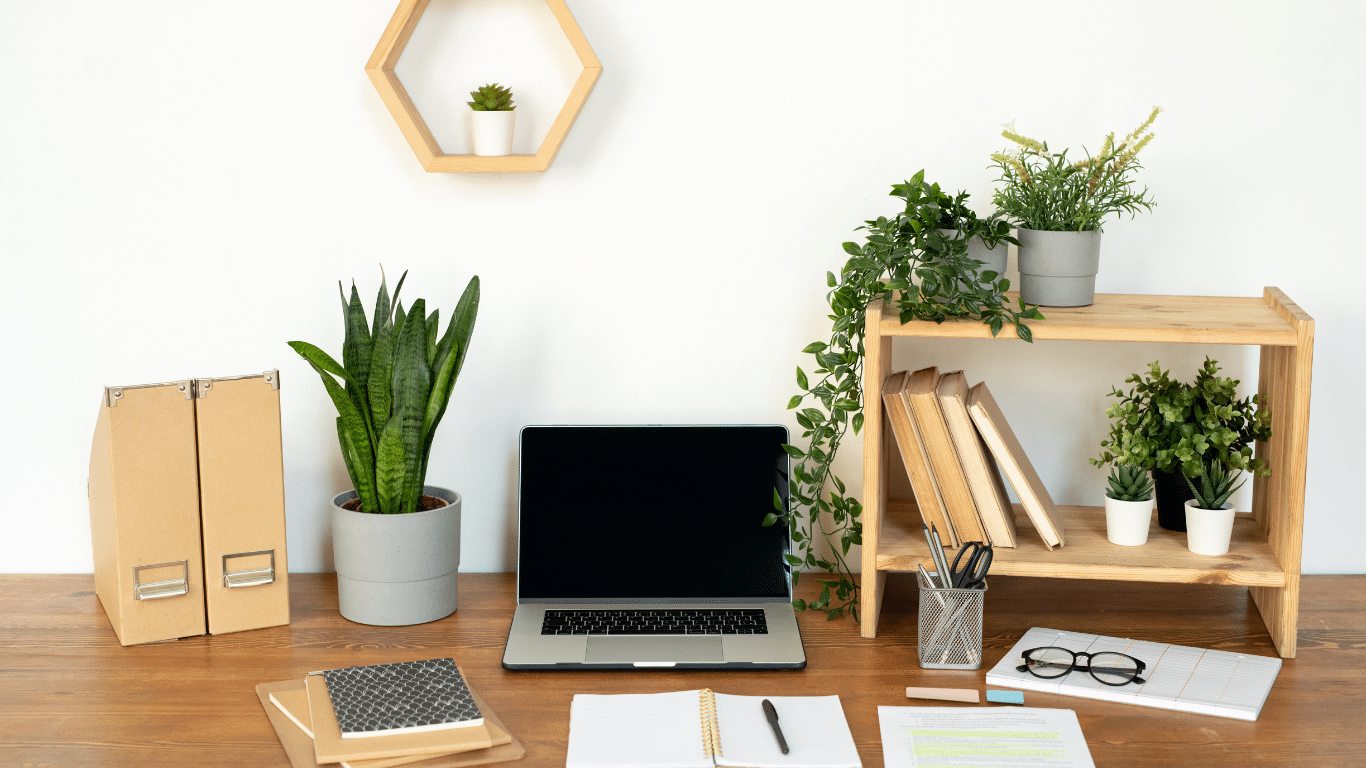
Too much personalization, however, can lead to visual clutter. Stick to a few meaningful items that bring you joy and help create a comfortable environment without overwhelming your space, like a small piece of art, a motivational quote, or a favorite souvenir. It’s all about balance: enough to make the space yours, but not so much that it becomes distracting.
Adopt a Digital Decluttering Habit
Physical clutter isn’t the only thing that can mess with your productivity. A cluttered digital desktop can be just as distracting. Set aside time each week to organize your digital files, delete unnecessary emails, and make sure your computer desktop is as clean as your physical one.
Tools like cloud storage (e.g., Google Drive, Dropbox), digital planners (e.g., Todoist, Notion, Evernote), and productivity apps (e.g., Trello, Asana) can also help you stay organized and streamline your workflow. After all, we live in the age of tech—why not use it to our advantage?
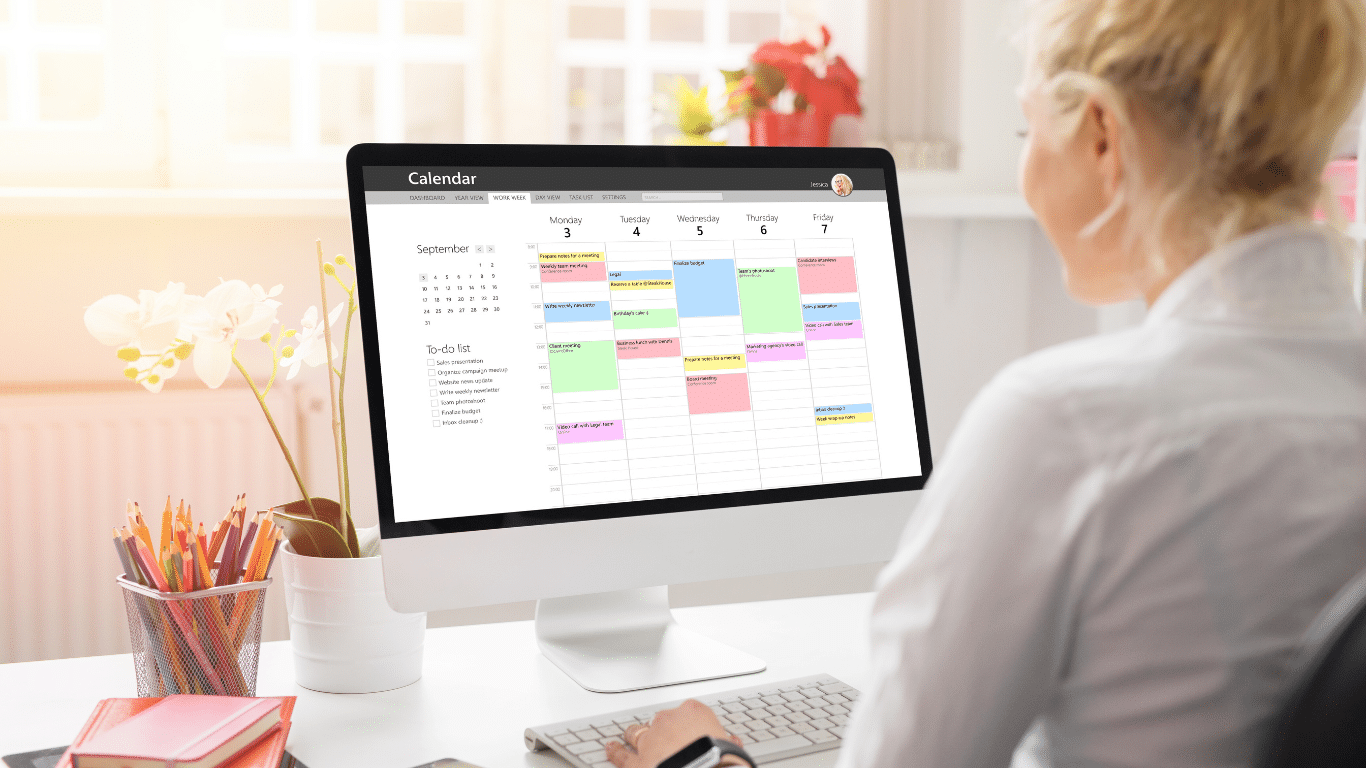
Consider organizing your computer files into clear, easy-to-navigate folders. Make use of cloud storage to reduce the need for physical paperwork, and consider using a digital planner to keep track of your schedule. A clean digital workspace goes hand in hand with a clean physical workspace.
Keep Distractions at Bay
You might be thinking, “How do I stop getting distracted by my favorite TV show or the siren call of the fridge?” The key is to create a boundary between work and home. This could mean investing in a room divider if you don’t have a separate office or simply putting on noise-canceling headphones during work hours.
Another fun trick? Use visual cues to signal “work mode”—like a “do not disturb” sign or a fun little lamp that you turn on when it’s time to get serious. You’ll be amazed how small shifts like these can help your brain transition from “home” to “work” mode.
Set specific work hours and stick to them as closely as possible. By creating a structured routine, you’ll train yourself to focus during work hours and relax afterward. It’s also helpful to share your work schedule with family members, so they know when you’re in “do not disturb” mode.
Tidy Up at the End of the Day
The five-minute tidy-up is your new best friend. At the end of each workday, spend just a few minutes putting everything back in its place, so that when you start tomorrow, you’re greeted with a clean, fresh space. Not only will this help improve mental clarity, but it can also reduce morning stress, making it easier to jump into your tasks with a clear mind. A tidy desk is a happy desk!
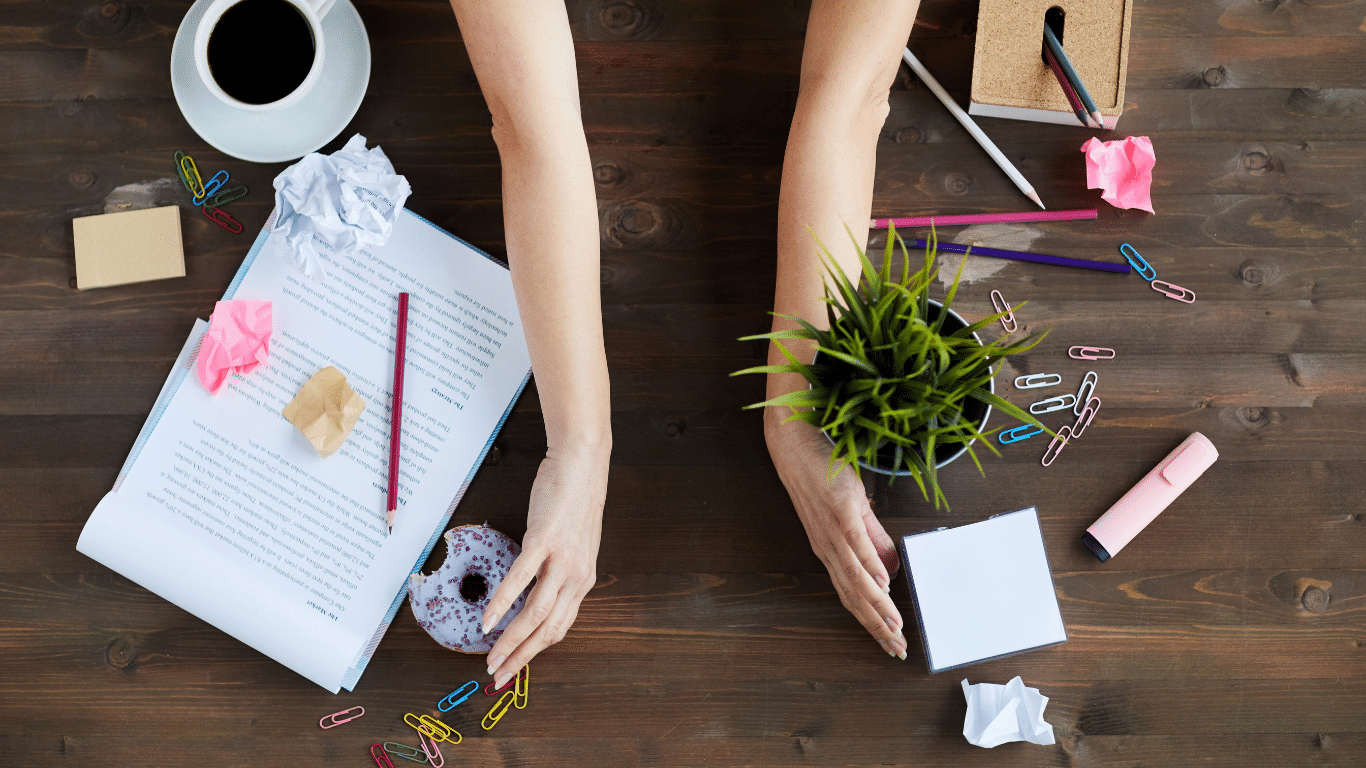
Not only will this habit improve your productivity, but it’ll also make working from home feel less overwhelming and more enjoyable. You’ll be surprised how much of a difference a clean workspace can make to your mental clarity.
If you struggle with this, consider setting an alarm at the end of the day as a reminder to tidy up. The more consistent you are with this habit, the more natural it will become. Plus, ending the day with a tidy desk sets you up for success the next day.
Final Thoughts: Your Productivity Oasis Awaits
Organizing your home office isn’t just about productivity—it’s about creating a space that supports your well-being, reduces stress, and makes work something you don’t dread every day. A few simple changes can make all the difference, turning your work-from-home setup into a place where you feel creative, focused, and energized.
Remember, the key is to find what works for you and tweak it until it feels right. Whether it’s decluttering, adding plants, or improving your lighting, small changes can have a big impact. We’d love to hear what works in your home office! What’s your number one tip for staying organized? Feel free to share it in the comments below!
Need more organizing inspiration or help keeping your space spotless? Check out our other blog posts for tips and tricks on keeping your entire home in top shape (including the dreaded junk drawer!). And, of course, if you ever need help turning your space into the productivity oasis you deserve, Vanilla Cleaning Company is just a call away!
